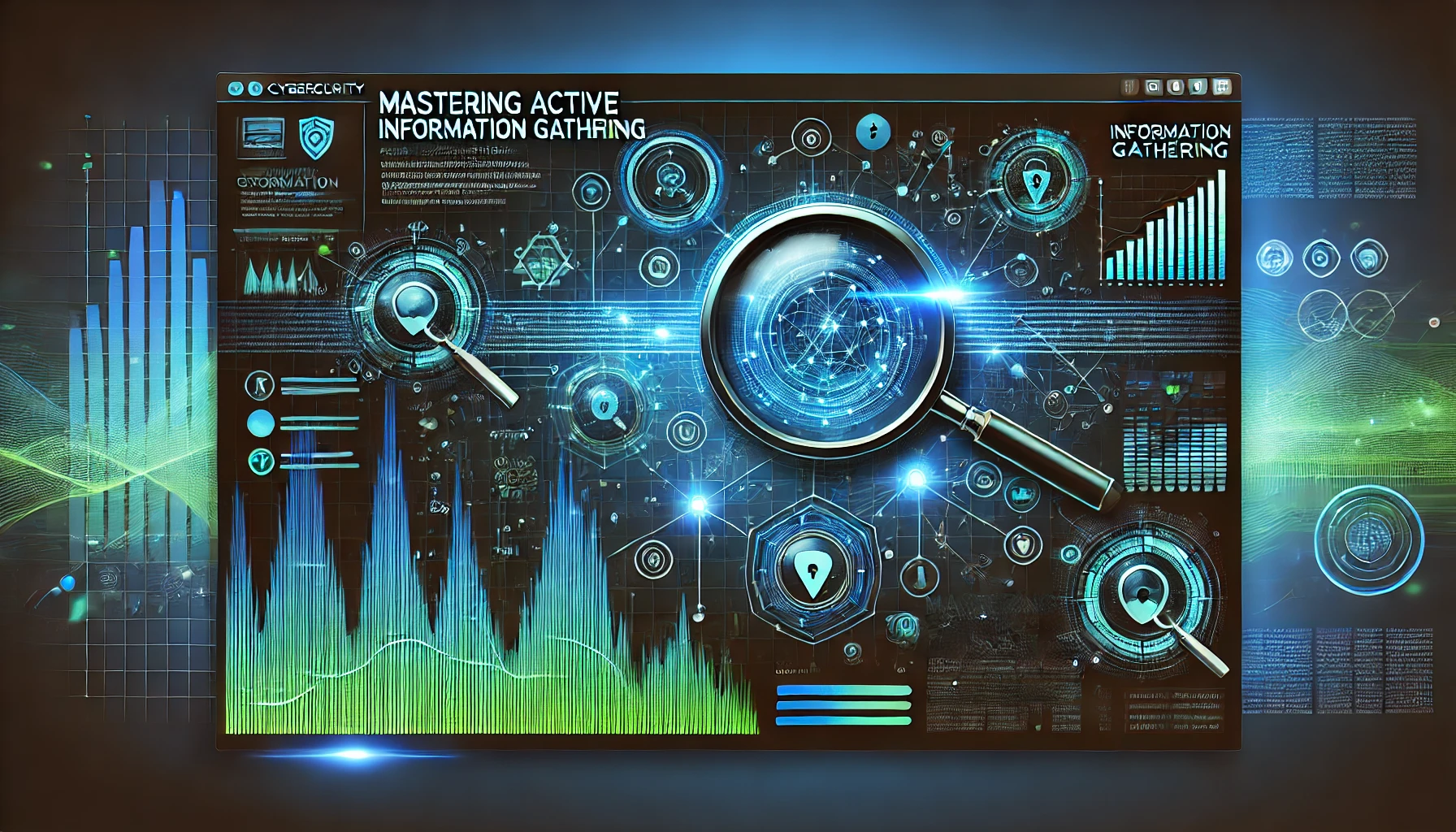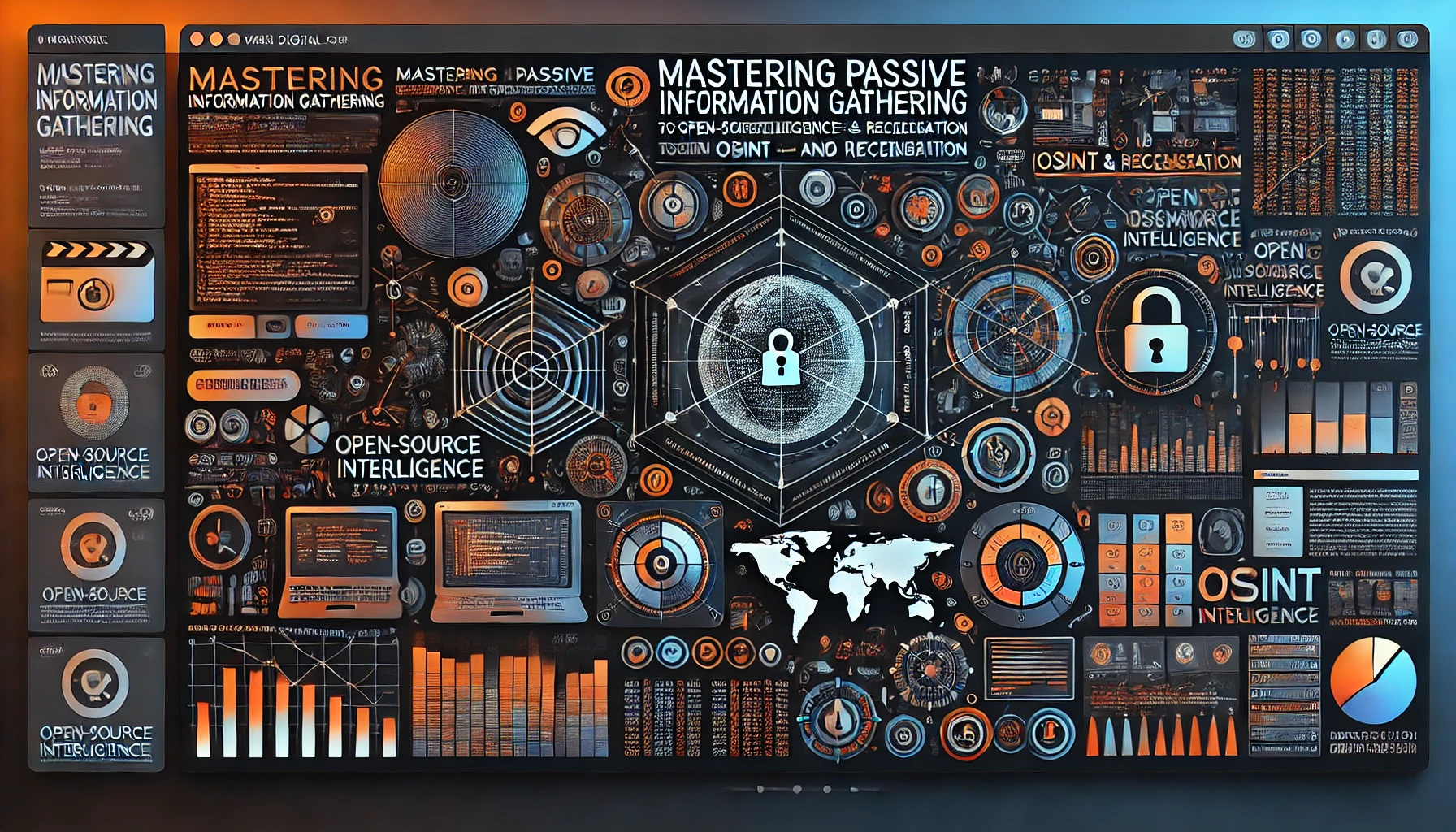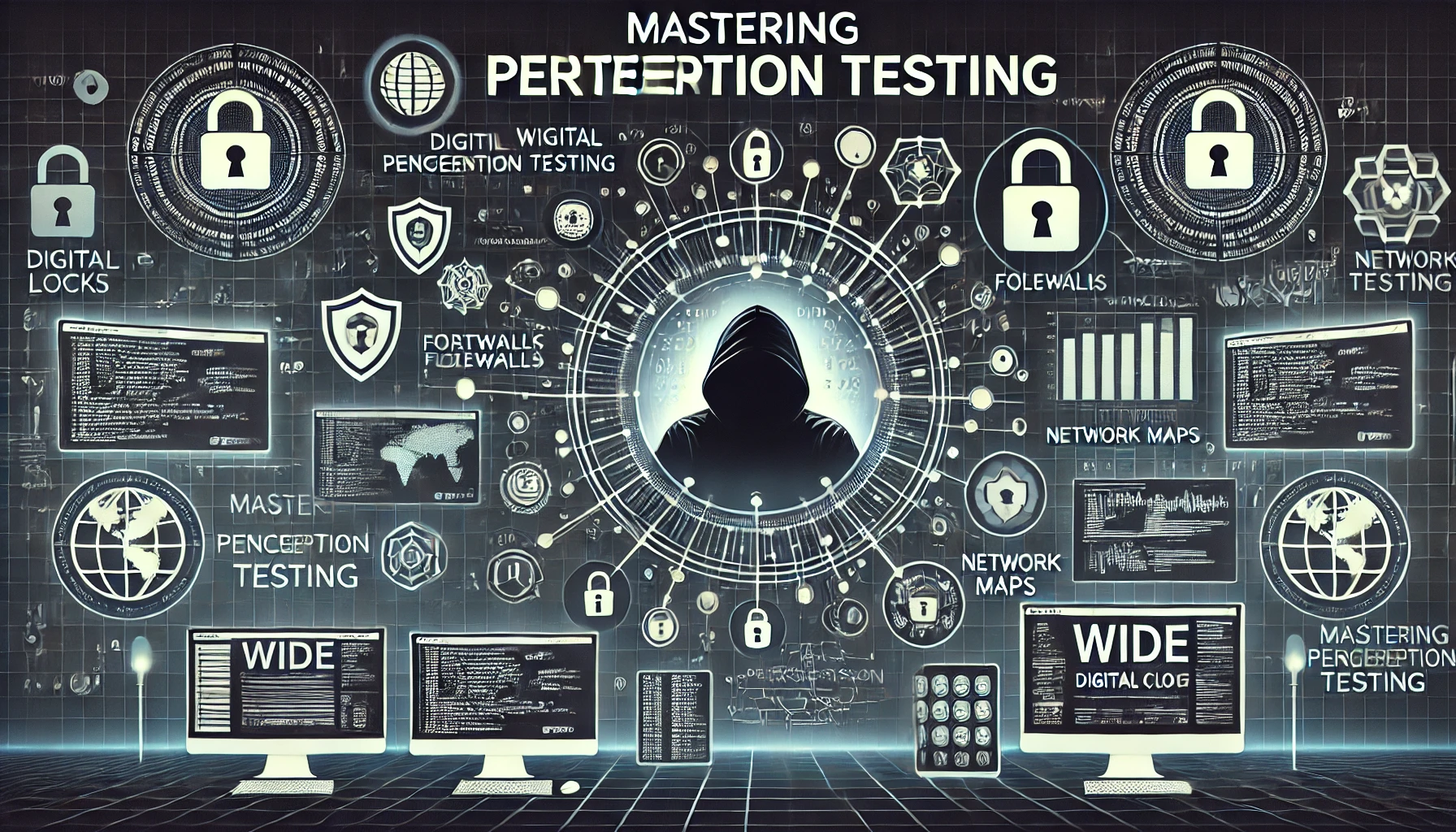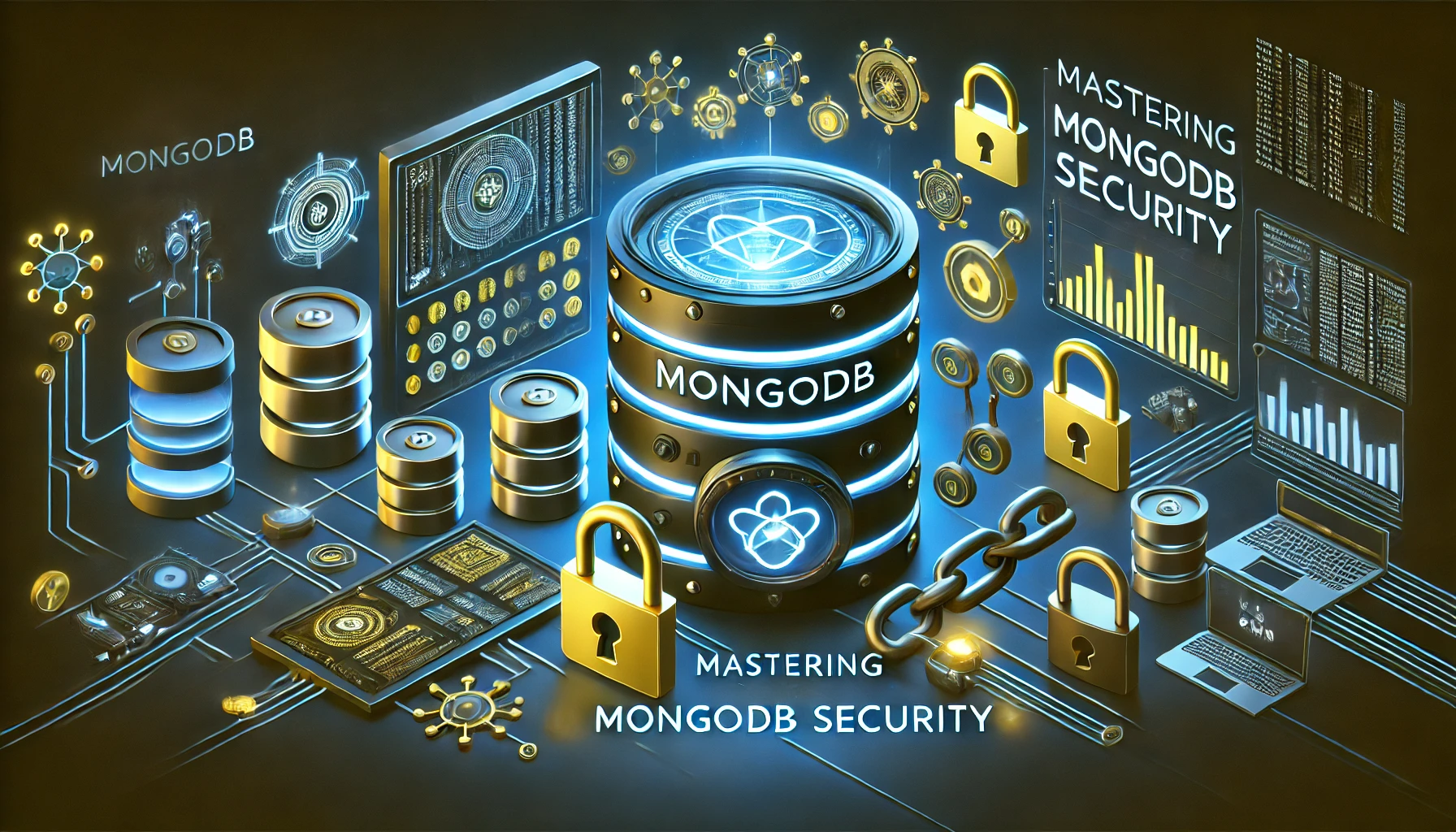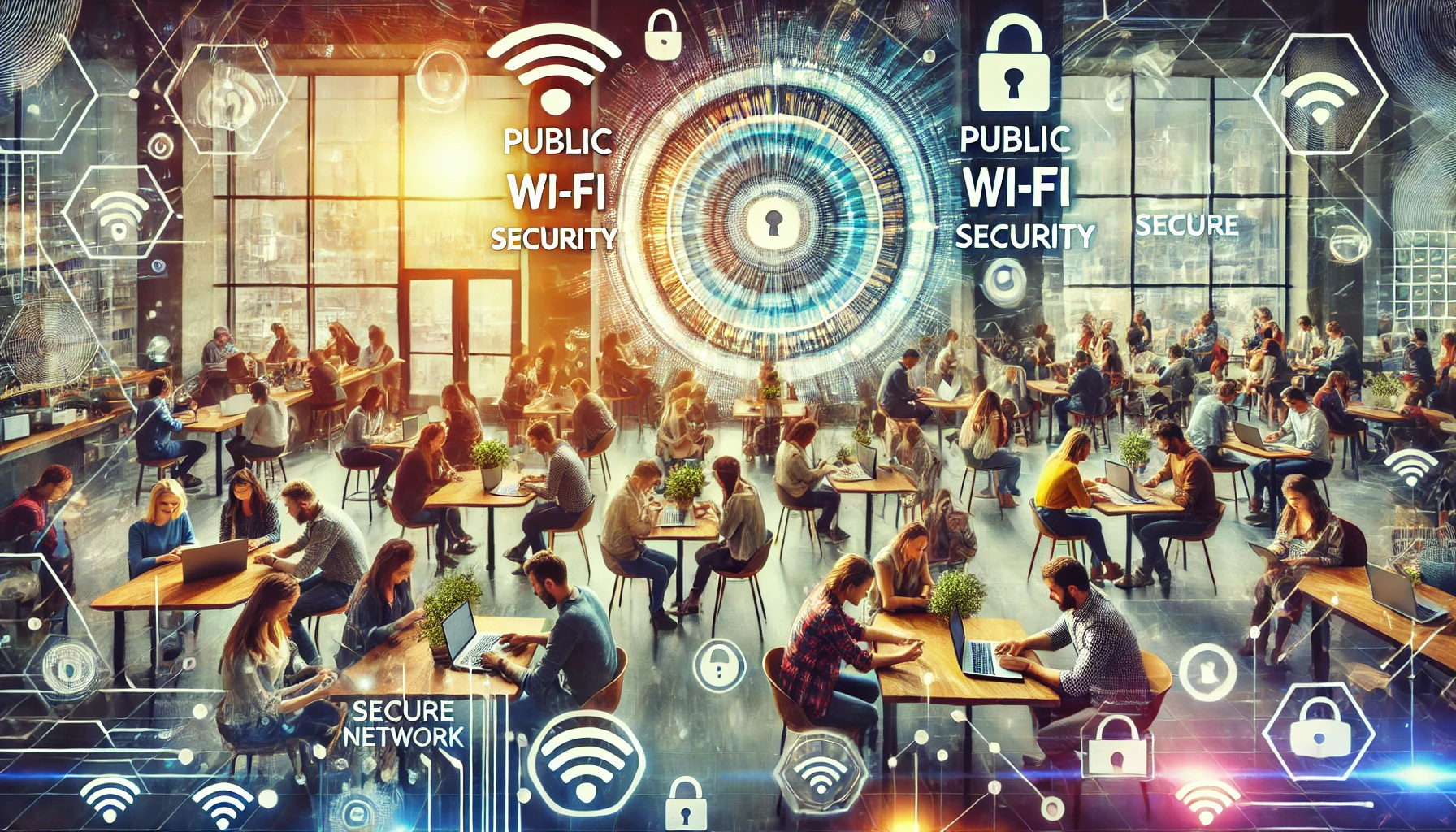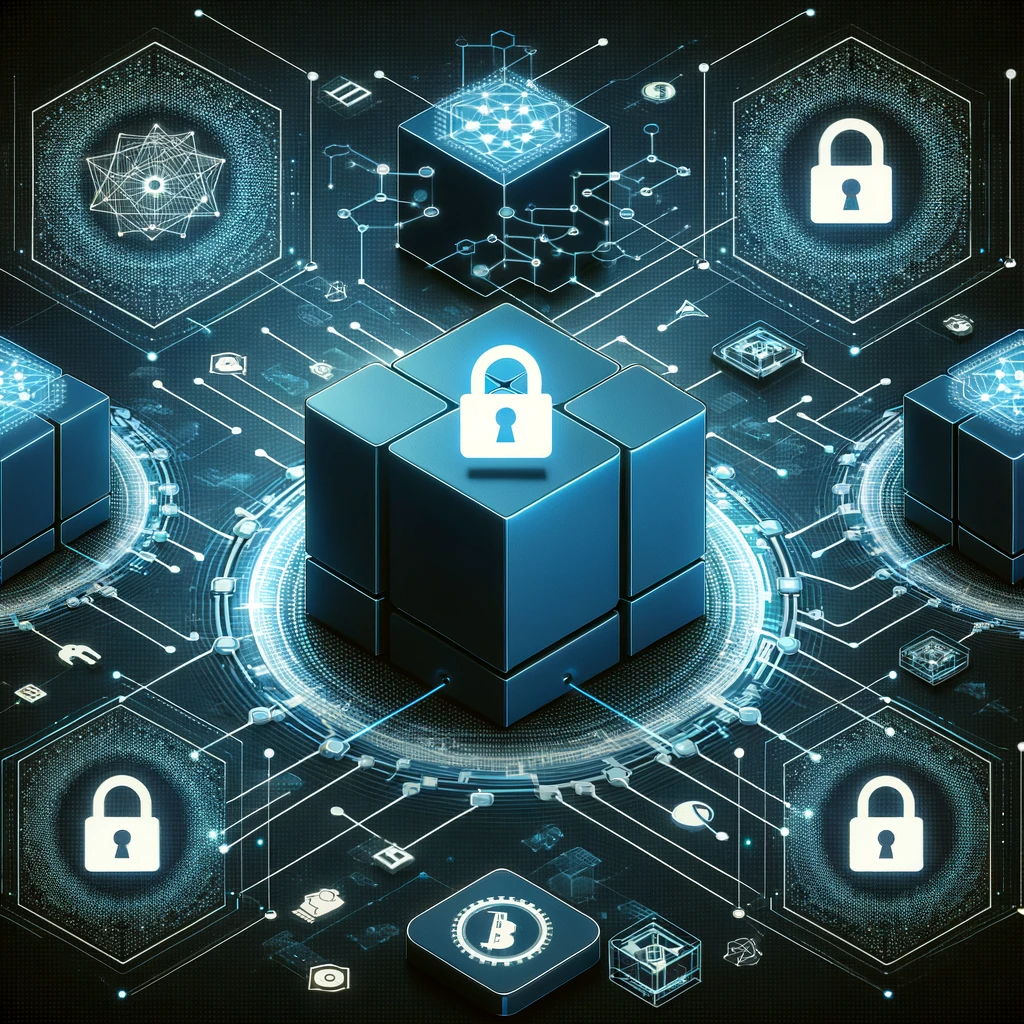
The Importance of Blockchain Network Security: Safeguarding Digital Assets
Blockchain technology has revolutionized various industries, offering a decentralized and transparent approach to transactions and data management. However, this innovation also brings forth unique challenges, especially in terms of network security. In this blog post, we will delve into the crucial aspect of blockchain network security and its significance in safeguarding digital assets.
One of the primary advantages of blockchain is its immutability and resistance to tampering. Each transaction is recorded in a block and linked to previous blocks, forming an unalterable chain. However, this doesn’t guarantee complete security. Blockchain networks are susceptible to various threats, and organizations must implement robust security measures to protect their valuable digital assets.
The Threat Landscape
Blockchain networks face multiple security risks, including:
- 51% Attacks: In a 51% attack, a single entity gains control over the majority of the network’s mining power, allowing them to manipulate transactions and potentially double-spend coins.
- Smart Contract Vulnerabilities: Smart contracts, the self-executing agreements on blockchain, can contain vulnerabilities that attackers can exploit to gain unauthorized access or manipulate the contract’s logic.
- Private Key Exposure: Private keys are crucial for accessing and managing digital assets on blockchain. If private keys are compromised or exposed, attackers can gain unauthorized control over these assets.
Ensuring Blockchain Network Security
To enhance the security of blockchain networks, organizations should consider implementing the following measures:
- Strong Key Management: Proper key management practices, including secure storage and encryption, are vital to prevent unauthorized access to private keys.
- Multi-Factor Authentication (MFA): Implementing MFA adds an extra layer of security by requiring users to provide multiple forms of identification before accessing the blockchain network.
- Auditing and Monitoring: Continuous monitoring of blockchain networks allows organizations to detect any suspicious activity or potential vulnerabilities promptly.
- Regular Security Assessments: Conducting regular security assessments and penetration testing helps identify and address any weaknesses in the blockchain network’s infrastructure and smart contracts.
- Secure Smart Contract Development: Writing secure smart contracts and conducting thorough code reviews can minimize vulnerabilities and potential exploits.
Conclusion
As blockchain technology continues to advance, ensuring robust network security becomes paramount. Organizations must recognize the unique security challenges that come with blockchain implementation and take proactive steps to safeguard their digital assets. By implementing strong key management practices, utilizing multi-factor authentication, and conducting regular security assessments, businesses can significantly reduce the risk of cyber threats and ensure the integrity of their blockchain networks.
Stay Connected with Secure Debug
Need expert advice or support from Secure Debug’s cybersecurity consulting and services? We’re here to help. For inquiries, assistance, or to learn more about our offerings, please visit our Contact Us page. Your security is our priority.
Join our professional network on LinkedIn to stay updated with the latest news, insights, and updates from Secure Debug. Follow us here.



